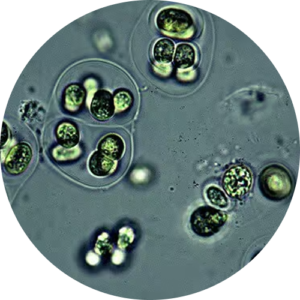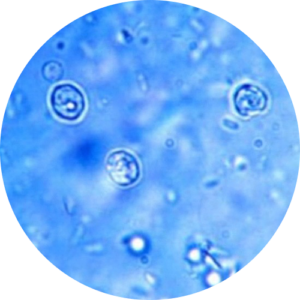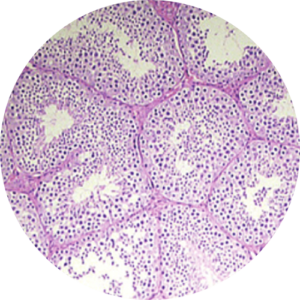ÖKO Original Replacement Filter
- Regular price
- $14.95
- Regular price
-
$14.95 - Sale price
- $14.95
- Unit price
- per
Sorry for any inconvenience, but due to site upgrades our shopping cart is temporarily closed."
Filtration cartridges for ÖKO Original Bottles. 100 Gallon (380L) capacity
Specifications
Weight: 1.2oz
Height: 2.25 Inches
Diameter: 2.25 Inches
Capacity: 380L (100 Gallons)*
*(Variable with source water conditions)
Our Original Filter has been tested against some of most common contaminants in water sources worldwide. Our testing, performed in EPA and NSF accredited laboratories show the following:
- Raoutella terrigena (pathogen) : 99.9999%
- Cryptosporidium : 99.998%
- Virus (norovirus, rotavirus and others) : 99.98%
- Giardia lamblia : 99.9999%
- Ecoli: 99.94%
Performance
Functional
The wide-mouth design of our Original Filter allows adding vitamins and supplements directly inside the cartridge. When using the bottle, the water enters into the pure water chamber of the cartridge and mixes with the supplement, allowing you to sip away your supplements as you drink from the bottle.
(NOT FOR USE WITH OTC OR PERSCRIPTION MEDICATION)

- Choosing a selection results in a full page refresh.

























